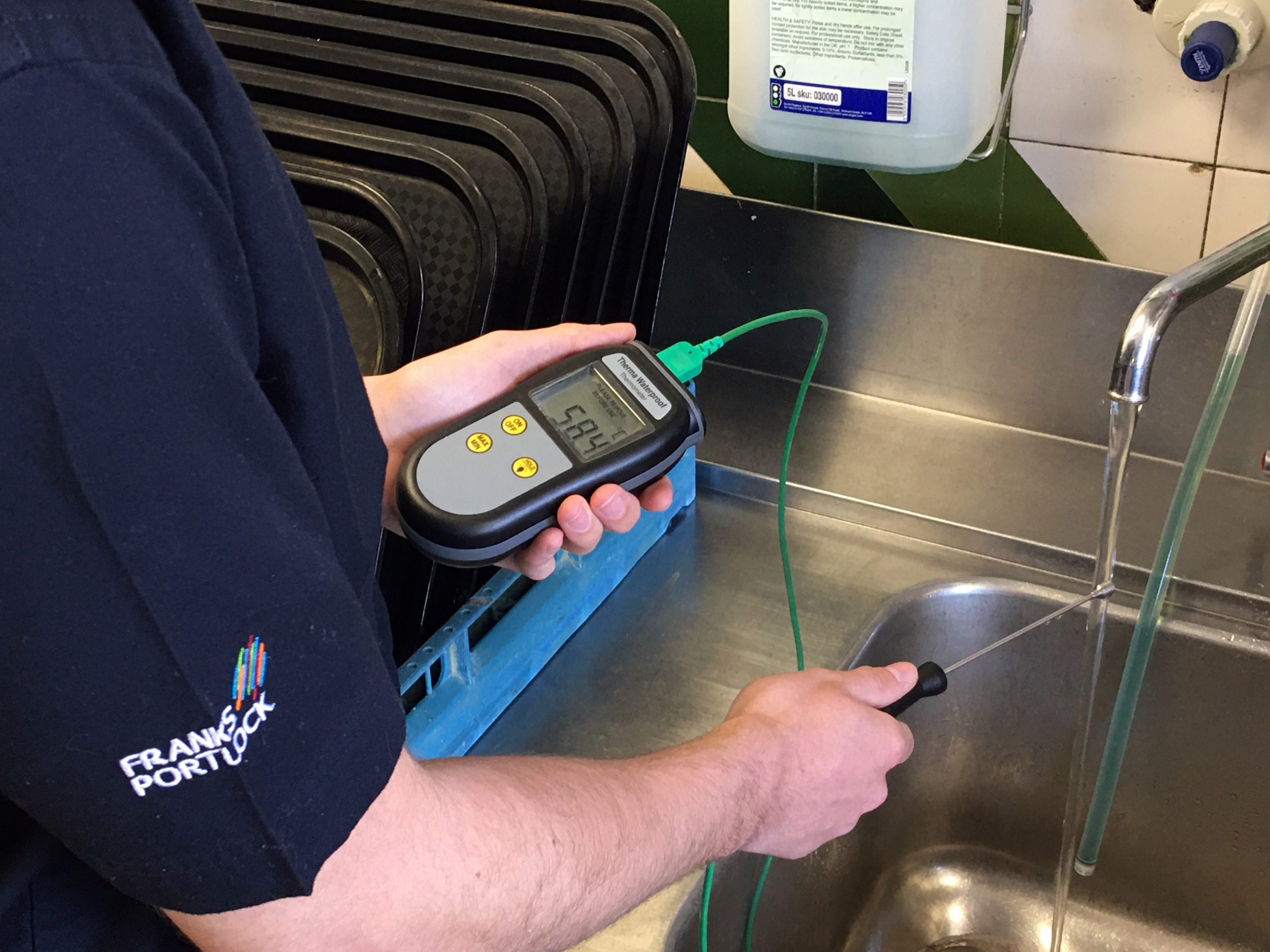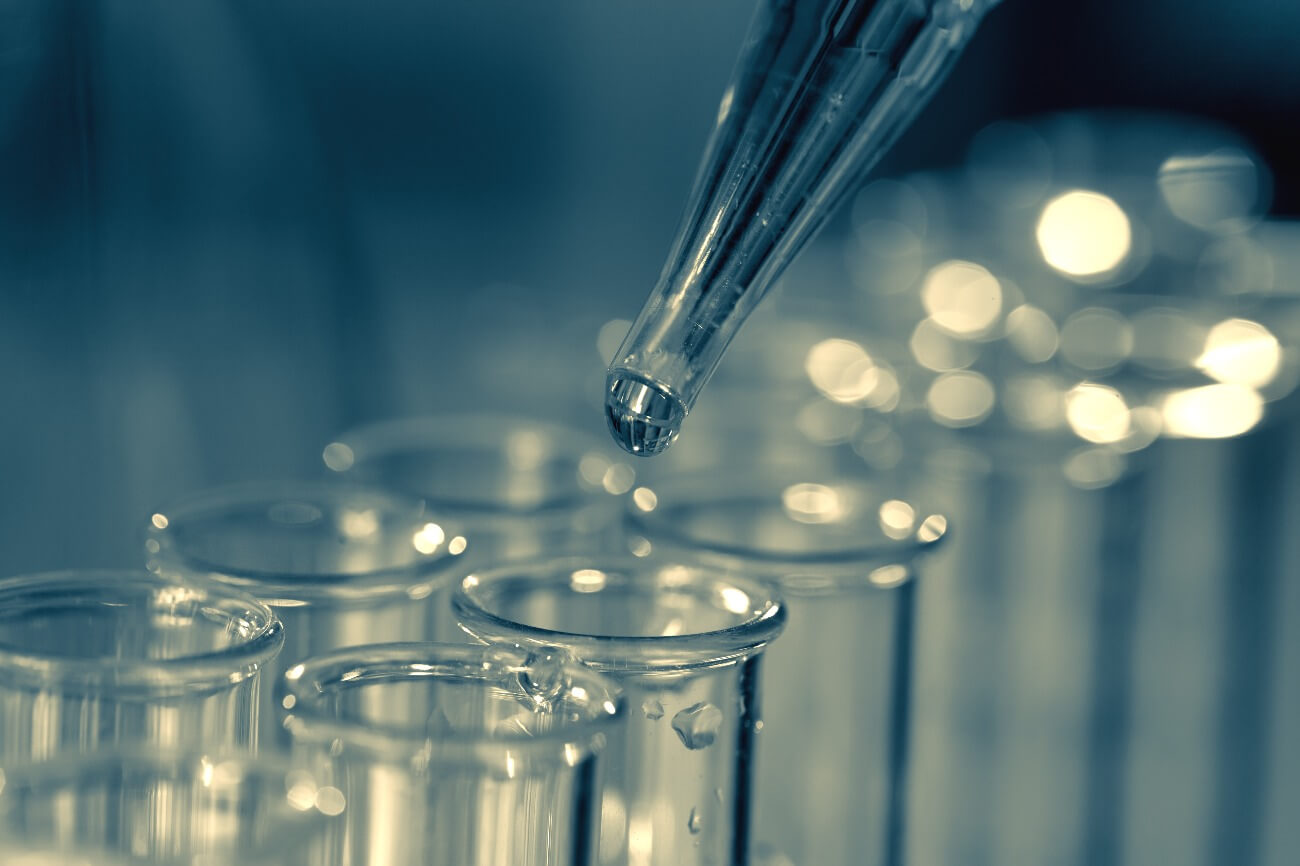What is Legionella?
Legionnaires’ disease is a potentially fatal form of pneumonia caused by the exposure to legionella bacteria found in small water droplets. All man-made hot and cold water systems are likely to provide an environment where Legionella can grow. Where conditions are favourable then the bacteria may multiply thus increasing the risk of exposure.
Who can be appointed to test or monitor legionella?
Testing of water quality may be carried out by a service provider, such as a water treatment company or consultant, or by the operator, provided they are trained to do so and are properly supervised. The type of test required will depend on the nature of the water of the system. Franks Portlock is a UKAS registered company and uses UKAS registered laboratories to undertake all sample analysis.
How do I test or monitor legionella from my water system?
Where monitoring for legionella is considered appropriate, the sampling method should be carried out in accordance with BS7592 and the biocide, if used, neutralised where possible. Water samples should be tested by a UKAS-accredited laboratory that takes part in a water microbiology proficiency testing scheme such as that run by Public Health England. The laboratory should also apply a minimum theoretical mathematical detection limit of <=100 colony forming units (cfu) legionella bacteria per litre of sample for culture-based methods.
How often should I test water for Legionella?
It depends on the system that you have and the outcome of your legionella risk assessment. For open systems, such as cooling towers, evaporative condensers and spa pools etc, routine testing should be carried out at least quarterly. However, there may be circumstances where more frequent sampling may be required.
For hot and cold water systems, which are generally enclosed, i.e. not open to the elements and significant contamination in the same way as cooling towers, microbiological monitoring is not usually required. But there may be circumstances where testing for legionella is necessary e.g. where there is doubt about the efficacy of the control regime or where recommended temperatures or disinfection concentrations are not being consistently achieved.
How do I interpret legionella test results?
Consider what the results mean in the context of your water system. Your subsequent specific actions will depend on your legionella risk assessment. Franks Portlock can interpret the results and provide you with the best course of action to not only rectify the immediate issue, but what to do so prevent recurrence.
Full sample suite availability
Franks Portlock can offer a full range of sample collection and analysis, the list below is the most popular analysis requested, but the list is not exhaustive. For further information please contact Franks Portlock.
- Legionella
- TVC @ 22°C & 37°C
- Coliforms and E.Coli
- Pseudomonas Spp
- Pseudomonas Aeruginosa
- Staphylococcus aureus
- Nitrite Reducing Bacteria (NRB)
- Sulphate Reducing Bacteria (SRB)
- Cryptosporidium
Analysis time from the sample being received by the lab
| Analysis | Analysis time* from receipt at lab |
| Total Coliforms & E-Coli | 2 Days |
| TVC @ 22°c & TVC @ 37°c | 2-3 Days |
| Pseudomonas Species & Aeruginosa | 2 Days negative / 3 Days positive |
| Legionella | 14 Days |
| Chemistry | 10 Working Days |
| Chemistry Sub-Contract Analysis | Minimum 15 Working Days |
| Urgent Chemistry | 3-5 Working Days (subject to confirmation from the lab in advance) |
 ASBESTOS REGULATION COMPLIANCE CHECKER
ASBESTOS REGULATION COMPLIANCE CHECKER 0191 419 3116
0191 419 3116 contactus@franksportlock.co.uk
contactus@franksportlock.co.uk








